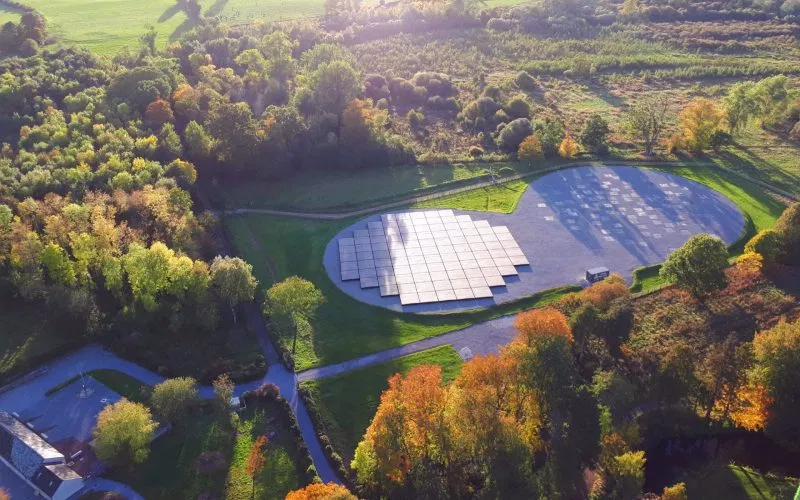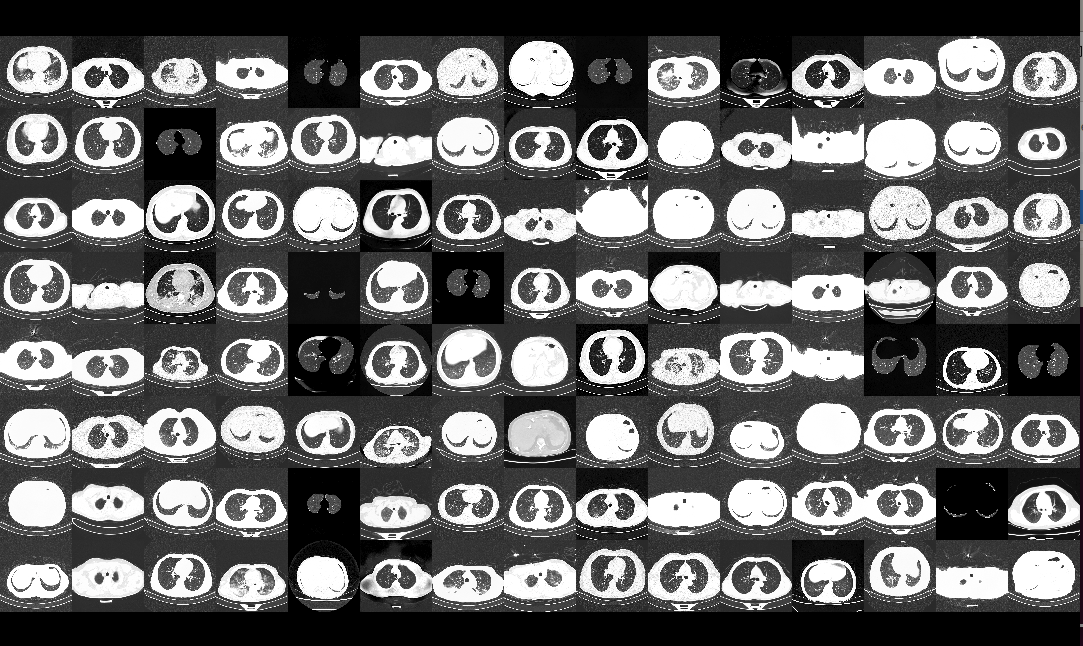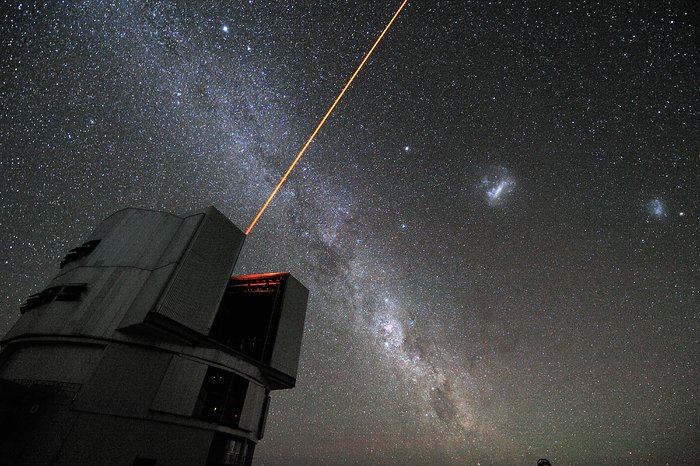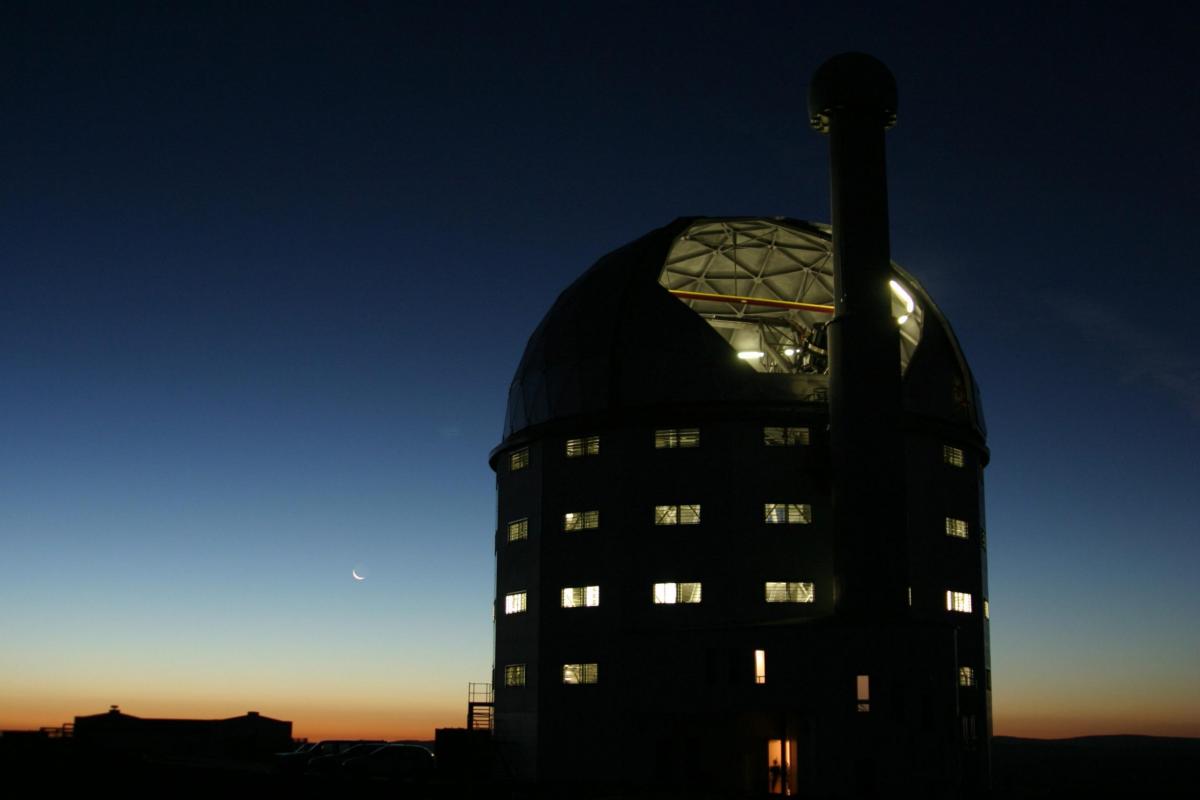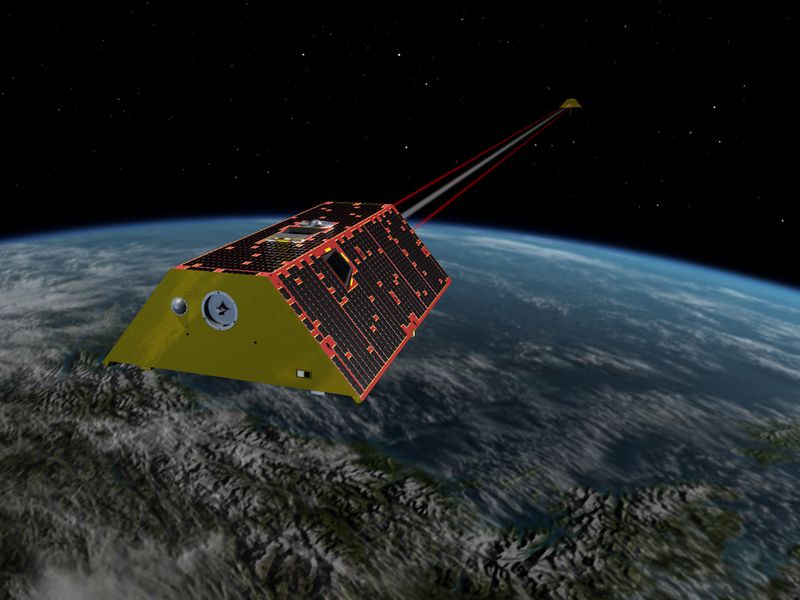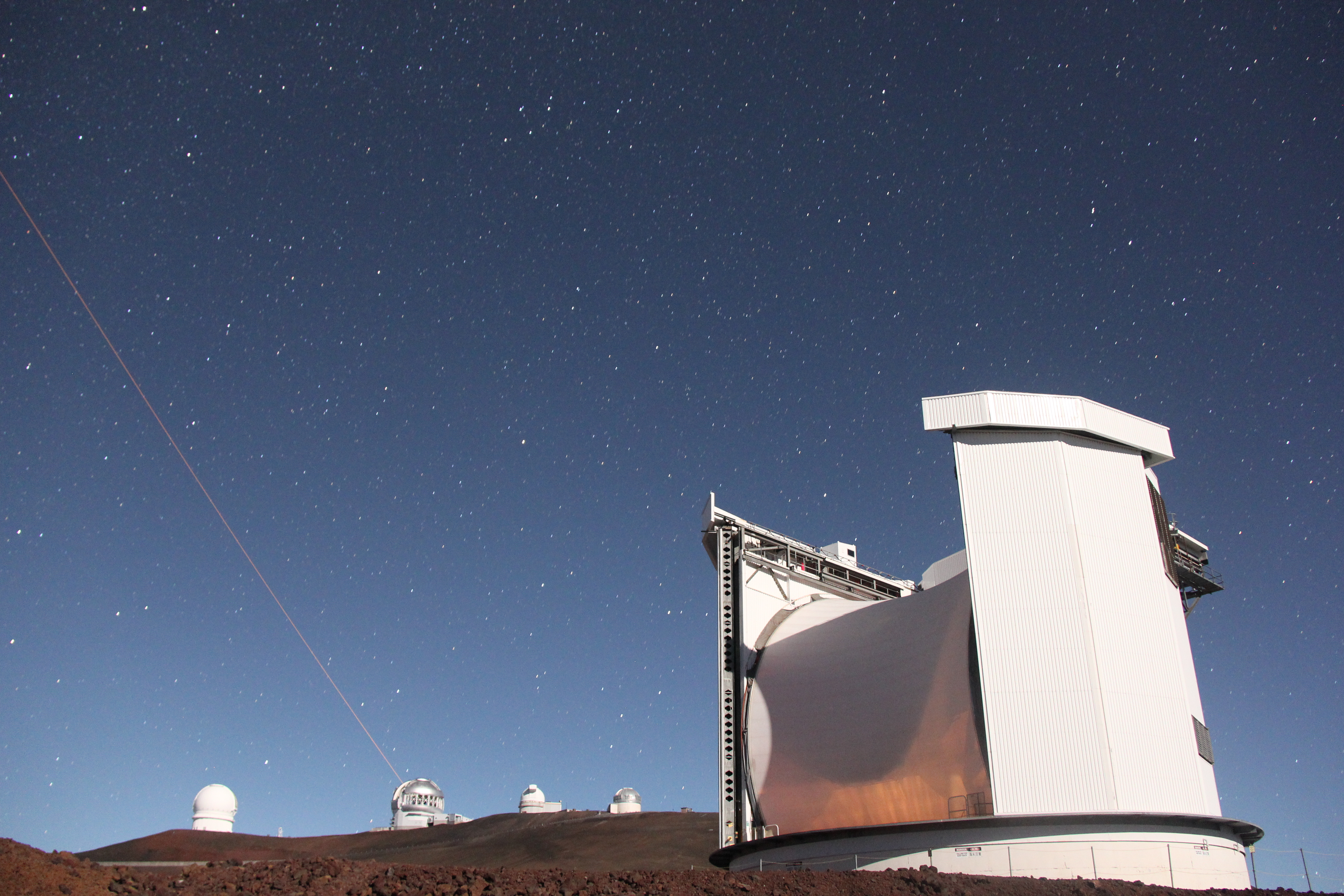Interdisciplinary Physics @ University of Galway
The Interdisciplinary Physics Group is based in the University of Galway’s School of Natural Sciences, College of Science and Engineering.
We work primarily on large scale & complex astronomical data, and looks for opportunities to apply the the lessons learned to help solve real world problems in areas as diverse as medical imaging and climate science (see Research) using an interdisciplinary physics approach.
Involvement in cutting edge astronomical research using both optical and radio telescopes here in Ireland (the I-LOFAR telecope in Birr), in Chile (European Southern Observatory), in South Africa (SALT), and in the United States (James Clerk Maxwell Telescope and the Vatican Advanced Technology Telescope) provide the ideal drivers for such technological innovation in imaging, data anaysis and the application of AI solutions.
An excellent example of this is the TAPAS project - winner of the Science Foundation Ireland’s Future Innovator Artificial Intelligence (AI) for Societal Good Challenge - which combines expertise in time-series analysis, image processing and AI to measure the effectiveness of measures to adapt agriculture to climate change in the Global South using earth observation data.
The Lab is located in the Arts and Sciences Building on the main University of Galway campus, in close proximity to the Centre of Astronomy, the School of Computer Science, the Ryan Institute’s Geospatial Core Facility, and the Medical Physics & Applied Optics groups in the School of Natural Sciences.
If you’re interested in working with us, please get in touch… (more info) !
We acknowledge funding from the Health Research Board, the Environmental Protection Agency, the Geological Survey Ireland, the Irish Research Council, and from Science Foundation Ireland - the latter two combined now to form Taighde Éireann Research Ireland and Breakthrough Listen.
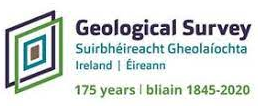
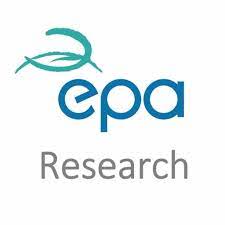
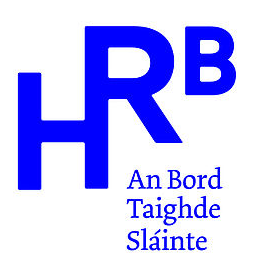


News
12. December 2025Aaron takes up the role of Head of the I-LOFAR Consortium, Ireland's national radio telescope facility, representing Irish astrophysicists, computer engineers and data scientists from Irish universities and technological universities from both the Republic of Ireland and Northern Ireland. 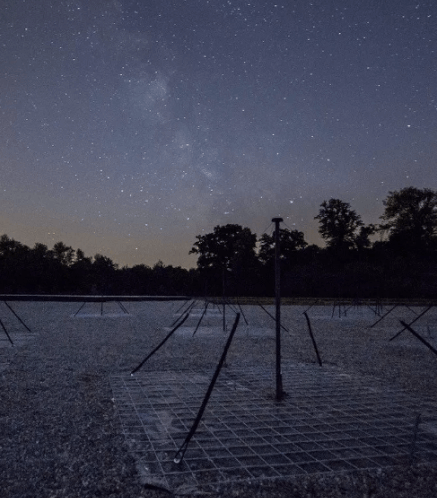
Aaron attended the Science at Low Frequencies 2025 held between December 8-12 2025 in Orléans, France. 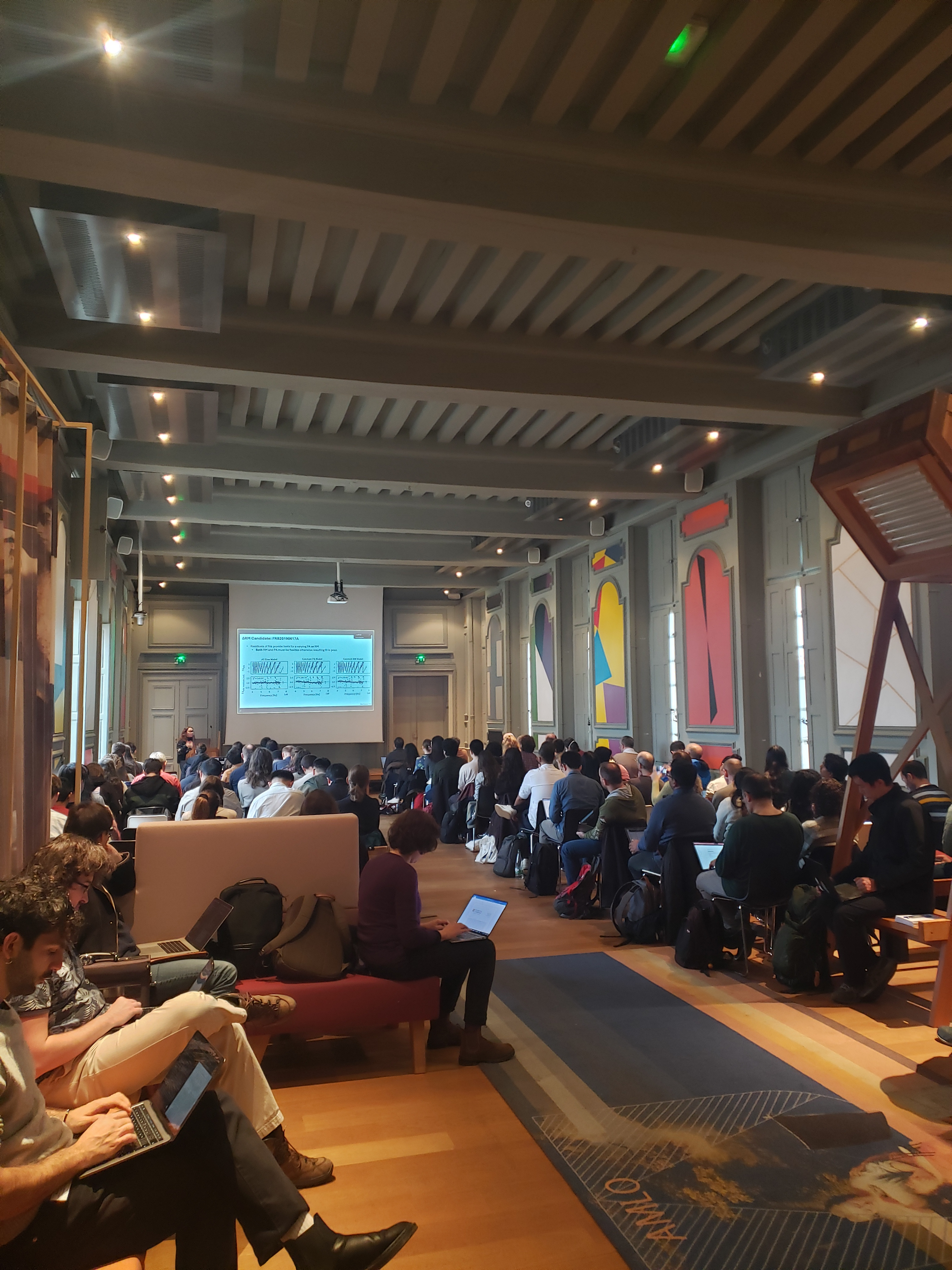
Aaron gave a presentation Artic Space Weather to the AGM of the Network of Artic Researchers in Irwland (NARI) held at University of Galway 
